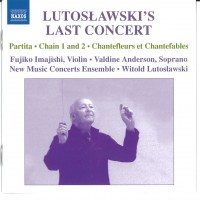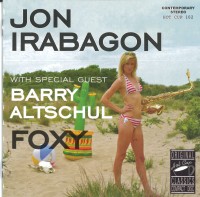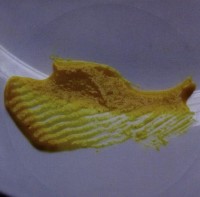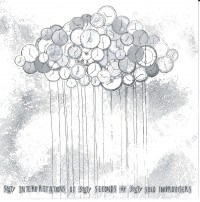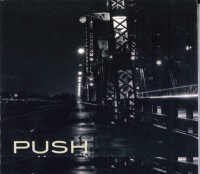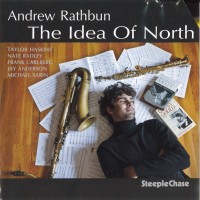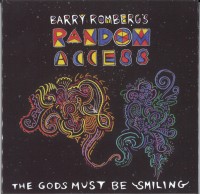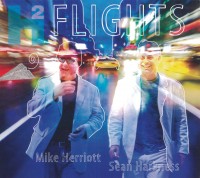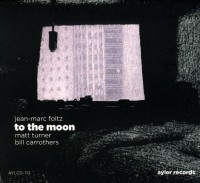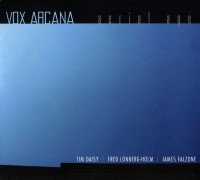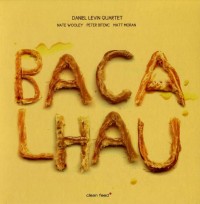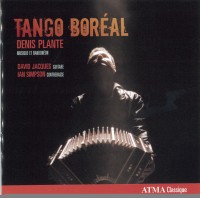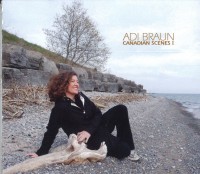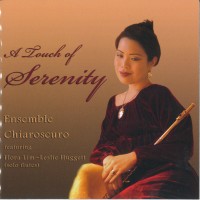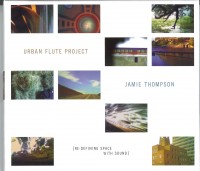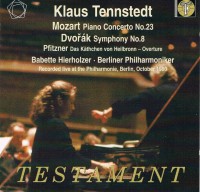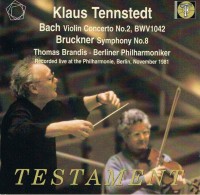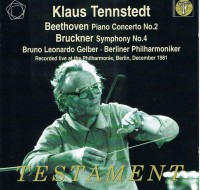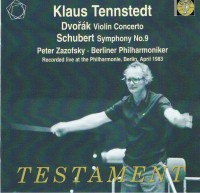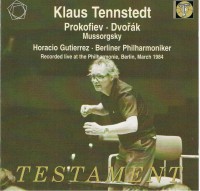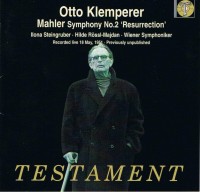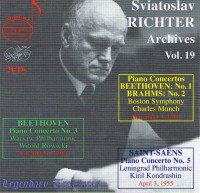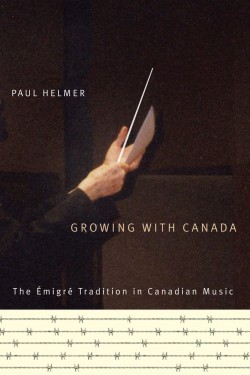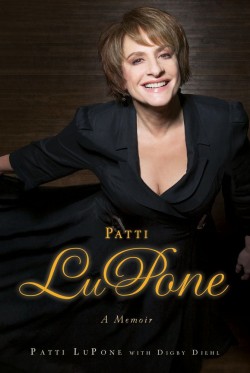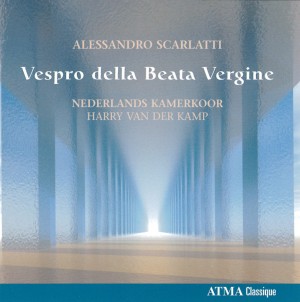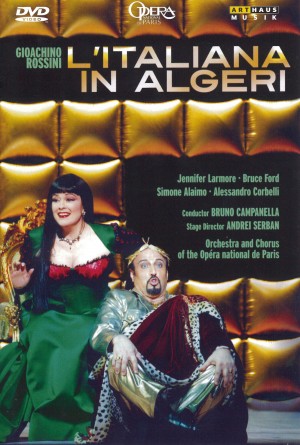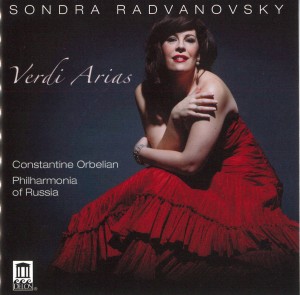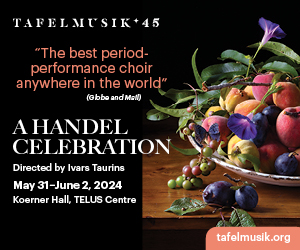Lutosławski's Last Concert - Fujiko Imajishi; Valdine Anderson; New Music Concerts; Witold Lutosławski
Fujiko Imajishi; Valdine Anderson; New Music Concerts; Witold Lutosławski
Naxos 8.572450
The late Polish composer, Witold Lutosławski (1913-1994) enjoyed well deserved recognition and his music was regularly performed and recorded by the world’s greatest orchestras and instrumentalists. A new Naxos CD features an elite group of Toronto musicians, the New Music Concerts Ensemble, under the direction of the composer recorded at a live concert in the Premier Dance Theatre on October 24, 1993.
The program opens with the Partita for violin and orchestra (1988) with brilliant playing by Fujiko Imajishi. Lutosławski’s complex textures are made transparent by both the crisp ensemble and a well balanced recording. The quiet and haunting Interlude (1989) was written as a bridge between Partita and an earlier concerted work for violin, Chain 2 (1985), which follows. Once again Imajishi provides a stunning performance.
Soprano Valdine Anderson also shines as she easily manages the nine delightful and quirky songs comprising Chantefleurs et Chantefables (1990) in a voice ranging from the purity of a boy soprano to broad operatic proportions.
Like Chain 2, Chain 1 (1983), the final work on this disc, is an amusing piece full of vitality and humour, somewhat reminiscent of Poulenc or even Stravinsky, executed to perfection by members of the group.
Lutosławski died at the age of 81 a few months after this concert was recorded for broadcast by the CBC and this Toronto performance was his last conducting appearance anywhere. The recording has plenty of atmosphere, taking the listener right into the theatre. Originally released independently in 1998, it speaks well of founding director Robert Aitken and his New Music Concerts Ensemble that Naxos has chosen to bring this valuable document to international attention.


